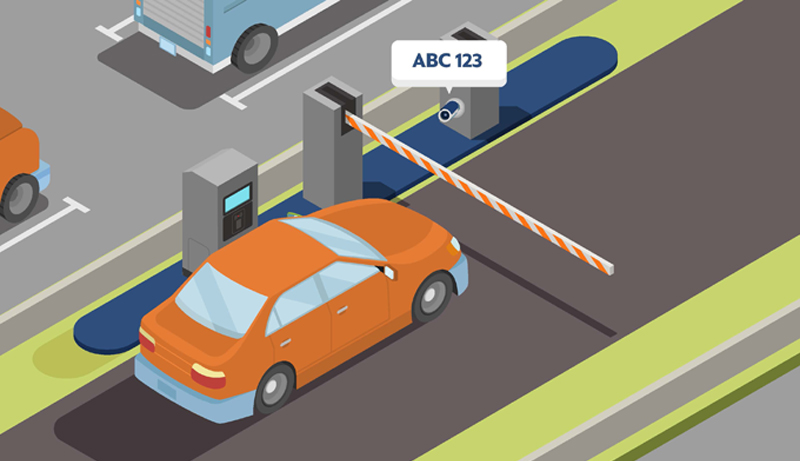
ONVIF has released Profile D, a new profile that addresses interfaces for access control peripheral devices, providing the market with an additional tool for building modern and secure IP-based integrated video and access control systems using ONVIF.
“Users are increasingly looking to incorporate additional technologies into their access control systems for use in innovative ways, such as bar code reading cameras for visitor management or video door stations for intercom applications,” said Patrik Björling, chair of the ONVIF Profile D Working Group in a statement. “Profile D provides a standardized way to satisfy this demand for interoperability, which can in turn drive additional opportunities for more use cases for peripheral devices.”
Using Profile D, a peripheral device, such as a wireless lock or license plate recognition camera, can pass credential identifiers to a securely located Profile D conformant client, such as an access control unit or management software. The client or controller, which stores access rules, schedules and credentials, can then take the access decision and send a command back to the peripheral device to grant or deny access, display a message or request additional input such as a PIN code. Communications between the device and client are secured using ONVIF security protocols such as TLS.
The Profile D specification enables a conformant client to configure a conformant device with the necessary data such as which door and access point the device is responsible for, as well as configure a list of allowed or blocked credential identifiers in a device that supports this capability.
ONVIF Profile D complements Profile A and Profile C in enabling standardized communications in an IP-based electronic access control system. Profile D devices can also support video profiles such as Profile T and Profile M to enable an integrated video and access control system using ONVIF interfaces.
Print this page
Advertisement
- Vector Flow receives LenelS2 factory certification
- ISC West: Platinum Tools features ezEX RJ45 Starter Kit
